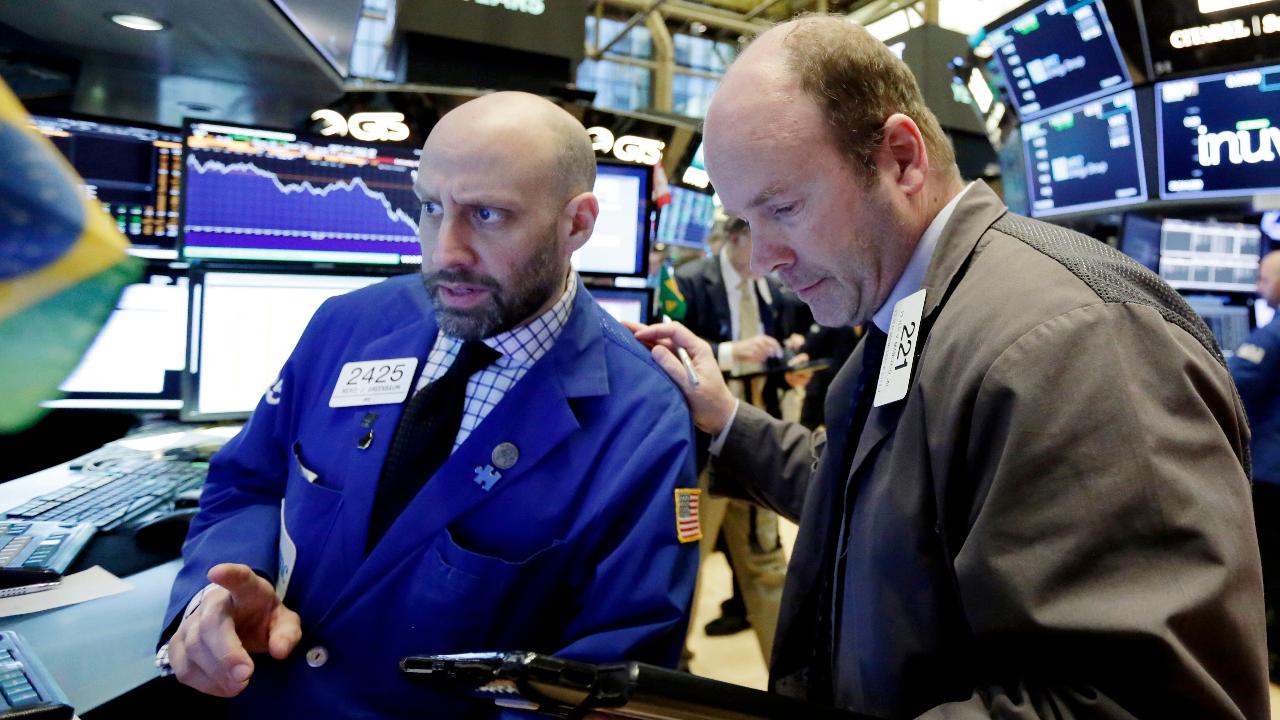How the US could slide into a recession
As the U.S. economy enters its 11th uninterrupted year of growth — the longest in history — the risk of a recession is beginning to emerge on the horizon.
Over the summer, economic conditions gradually began to weaken, reigniting fears of a slowdown: Manufacturing contracted in the U.S; the spread between two-year and 10-year Treasury yields inverted for the first time in a decade and revisions to GDP and employment data in the U.S. suggested the economy isn’t as strong as initially believed.
The reason? According to Moody’s Analytics chief economist Mark Zandi, the darkening economic outlook can largely be attributed to the year-long U.S.-China trade war.
“The trade war is doing damage to the economy,” Zandi told reporters during a call on Thursday. “You can see this most vividly in the manufacturing base.”
The tit-for-tat battle between the world’s two largest economies escalated last month, with the U.S. slapping another round of tariffs, worth 15 percent, on $112 billion of Chinese goods. The Trump administration plans to target another $188 billion in mid-December, which will bring the total amount of Chinese products facing an import tax to $550 billion.

View of an intermodal shipping yard with a loaded container ship docked in the Port of Long Beach. Part of a day to night image series.
In turn, Beijing has imposed its on tariffs on the U.S., largely targeting automakers and agriculture; as a result, some of the businesses on the frontline of the trade war — like farmers -- are beginning to suffer as a result of losing major trading partners.
But if Washington and Beijing are unable to reach an agreement soon, Zandi warned, the U.S. could end up sliding into a recession. The longer the war lasts, the bigger the risk of it weighing on business sentiment and consumer confidence — which, unlike other economic indicators, has remained strong. In August, the consumer confidence index, conducted each month by the Conference Board, rebounded to 135.7, the highest reading of 2019.
And there’s a danger of the tariffs beginning to weigh on consumers, economists have said. The most recent round was concentrated on items like footwear, clothing and textiles. Now, however, the share of Chinese imports of textiles and clothing affected by Trump’s tariffs is at 87 percent from 10 percent, according to the Peterson Institute for International Economics.

FILE - In this Sept 4, 2018 file photo, shoppers look at shoes at the Nike Miami store on the Lincoln Road Mall in Miami Beach, Fla. (AP Photo/Wilfredo Lee, File) (AP)
Until then, most U.S. imports of clothing and shoes from China have been spared.
If Americans become more cautious spenders, that would cause businesses to likely be more cautious about hiring — or possibly even lay-off some employees.
“You can see how we can go from an economy that’s just fine to a recession,” he said. “That’s why recession risks are high. Connect the dots right back to the trade war.”




















